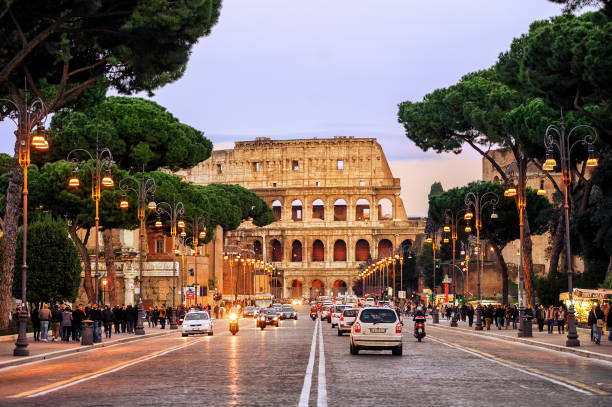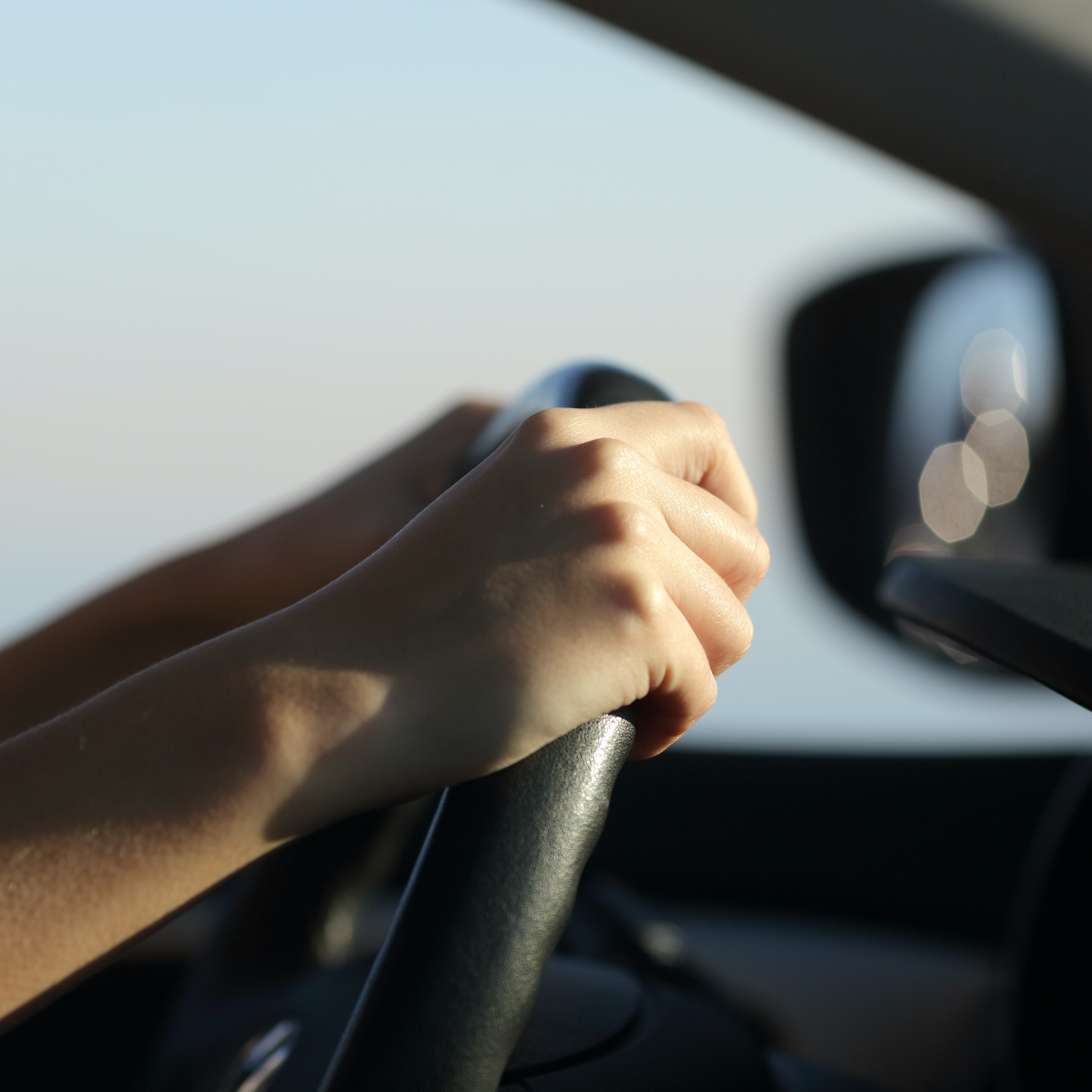
Under the Hohenstaufen emperors (1138–1254), German princes encouraged German settlement to the south and east ( Ostsiedlung). The Holy Roman Empire absorbed northern Italy and Burgundy under the Salian emperors (1024–1125), although the emperors lost power through the Investiture controversy. In 996 Gregory V became the first German Pope, appointed by his cousin Otto III, whom he shortly after crowned Holy Roman Emperor.


The Ottonian rulers (919–1024) consolidated several major duchies. The territory initially known as East Francia stretched from the Rhine in the west to the Elbe River in the east and from the North Sea to the Alps. Ĭharlemagne founded the Carolingian Empire in 800 it was divided in 843 and the Holy Roman Empire emerged from the eastern portion. After the invasion of the Huns in 375, and with the decline of Rome from 395, Germanic tribes moved farther southwest: the Franks established the Frankish Kingdom and pushed east to subjugate Saxony and Bavaria, and areas of what is today eastern Germany were inhabited by Western Slavic tribes. Around 260, Germanic peoples broke into Roman-controlled lands. However, Baden Württemberg, southern Bavaria, southern Hesse and the western Rhineland had been incorporated into Roman provinces. By 100 AD, when Tacitus wrote Germania, Germanic tribes had settled along the Rhine and the Danube (the Limes Germanicus), occupying most of modern Germany. In 9 AD, three Roman legions were defeated by Arminius. Under Augustus, the Roman Empire began to invade lands inhabited by the Germanic tribes, creating a short-lived Roman province of Germania between the Rhine and Elbe rivers. From southern Scandinavia and north Germany, they expanded south, east, and west, coming into contact with the Celtic, Iranian, Baltic, and Slavic tribes. The Germanic tribes are thought to date from the Nordic Bronze Age or the Pre-Roman Iron Age. Main articles: Germania, Migration Period, and Frankish Realm It has the third-greatest number of UNESCO World Heritage Sites. Germany is a member of the United Nations, NATO, the G7, the G20, and the OECD. As a developed country, which ranks very high on the Human Development Index, it offers social security and a universal health care system, environmental protections, and a tuition-free university education. As a global leader in several industrial, scientific and technological sectors, it is both the world's third-largest exporter and importer of goods. Germany is a great power with a strong economy it has the largest economy in Europe, the world's fourth-largest economy by nominal GDP, and the fifth-largest by PPP. After the fall of communism, German reunification saw the former East German states join the Federal Republic of Germany on 3 October 1990-becoming a federal parliamentary republic. The Federal Republic of Germany was a founding member of the European Economic Community and the European Union, while the German Democratic Republic was a communist Eastern Bloc state and member of the Warsaw Pact. After the end of World War II in Europe and a period of Allied occupation, Germany was divided into the Federal Republic of Germany, generally known as West Germany, and the German Democratic Republic, East Germany. The Nazi seizure of power in 1933 led to the establishment of a dictatorship, World War II, and the Holocaust. After World War I and the German Revolution of 1918–1919, the Empire was replaced by the semi-presidential Weimar Republic. In 1871, Germany became a nation-state when most of the German states unified into the Prussian-dominated German Empire.

Following the Napoleonic Wars and the dissolution of the Holy Roman Empire in 1806, the German Confederation was formed in 1815. During the 16th century, northern German regions became the centre of the Protestant Reformation. In the 10th century, German territories formed a central part of the Holy Roman Empire. A region named Germania was documented before AD 100. Various Germanic tribes have inhabited the northern parts of modern Germany since classical antiquity. The nation's capital and largest city is Berlin, and its financial centre is Frankfurt the largest urban area is the Ruhr. Germany borders Denmark to the north, Poland and the Czech Republic to the east, Austria and Switzerland to the south, and France, Luxembourg, Belgium, and the Netherlands to the west. Germany is situated between the Baltic and North seas to the north, and the Alps to the south it covers an area of 357,022 square kilometres (137,847 sq mi), with a population of over 83 million within its 16 constituent states. It is the second most populous country in Europe after Russia, and the most populous member state of the European Union. Germany ( German: Deutschland, pronounced ( listen)), officially the Federal Republic of Germany, is a country in Central Europe.


 0 kommentar(er)
0 kommentar(er)
